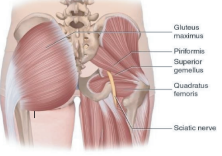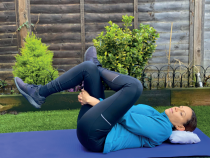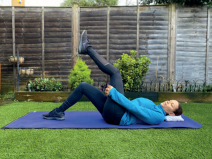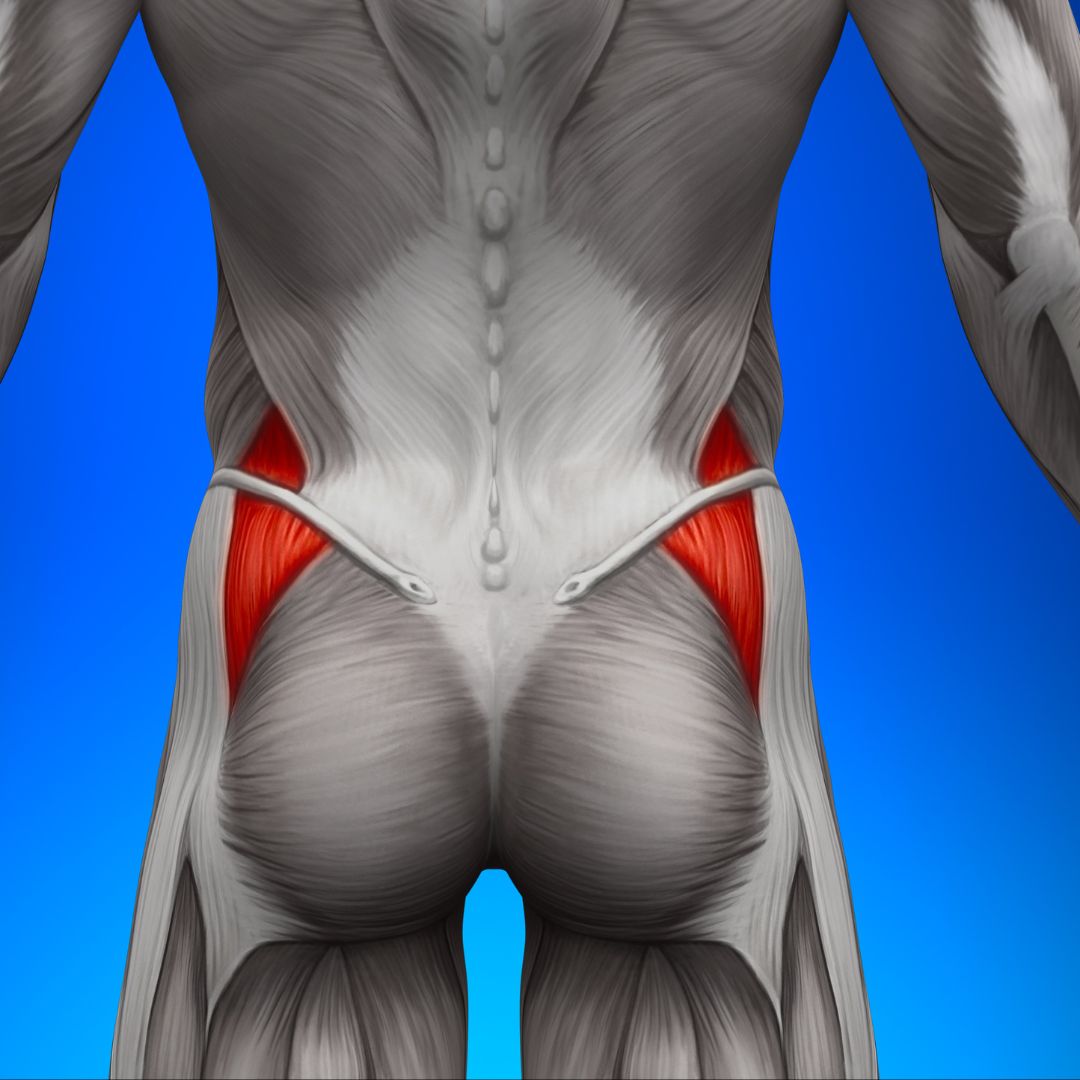Common Gluteal Injuries: Pain or numbness in your bottom when running?
Injuries involving the glutes are less common than those that affect the knees and lower leg. But when they do happen, they can be seriously debilitating and uncomfortable. What is more, injured, tired or fatigued glute muscles can cause associated pain in the lower back or legs, and lead to poor balance.
Anatomy of the Glutes
Deep Gluteal Syndrome is a pain or numbness in your bottom, that can sometimes go down the back of your leg. This pain can be caused by muscles or blood vessels pressing in the nerve. Commonly known complaints such as “sciatica” and “painful piriformis” are part of the group of injuries known as, and more recently labelled as, Deep Gluteal Syndrome.

Symptoms:
The pain is usually just on one side (but in some instances can manifest bilaterally). Pain will intensify when you are sitting, or when you try to sit. You’ll likely feel a tender and aching sensation in the buttock. The numbness often radiates down the back of the leg.
Causes:
The condition is triggered by irritated muscles that put pressure on the sciatic nerve. Sitting for long periods of time or exercising for extended periods are both possible causes. And the combination of hours spent at a desk followed by long periods of running (especially on hard surfaces) can create a potent mix. A Physio or Osteo will often be able to help determine the precise movement or posture that is triggering the complaint.
Prevention:
If you start to feel a pain in the buttock area, ease off or stop running for a short period of time. In many cases the sensation will go away within two to three days, but if not, consult your doctor.
Treatment:
On the initial stages, you should:
- Ice the area.
- Hot/cold treatment works in some cases.
- Stretch glutes.
- Use ibuprofen gels for temporary relief.
Failure to address the problem in a timely manner can increase pain perception and effect mental wellbeing. Consult with Physiotherapist or Osteopath to help to get to get to the root of the problem. These gentle stretches, together with mild exercises and muscle relaxation, often aided by a physiotherapist when the treatment is too difficult or painful to self-administer, should help to get to the root of the problem.


Are you dealing with bottom pain? Contact us, we are always happy to help! And don´t forget to stretch, ask your physio (or us) about suitable stretches
We hope this information is useful for you. If you need advice or have any questions about our treatments, please contact us. You can find us in Mill Hill Broadway and Islington. We are always happy to help. If you like this blog, please share!



